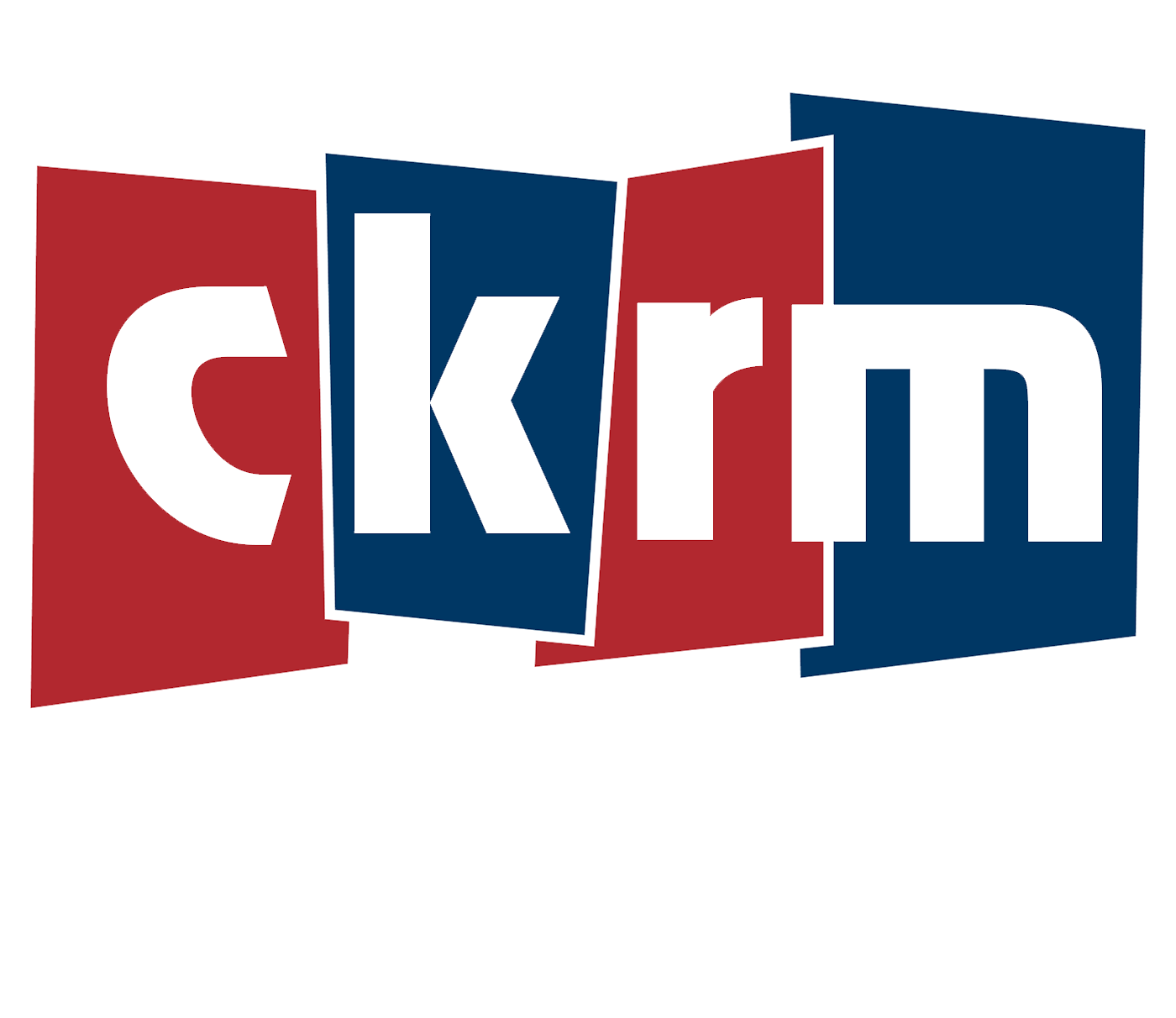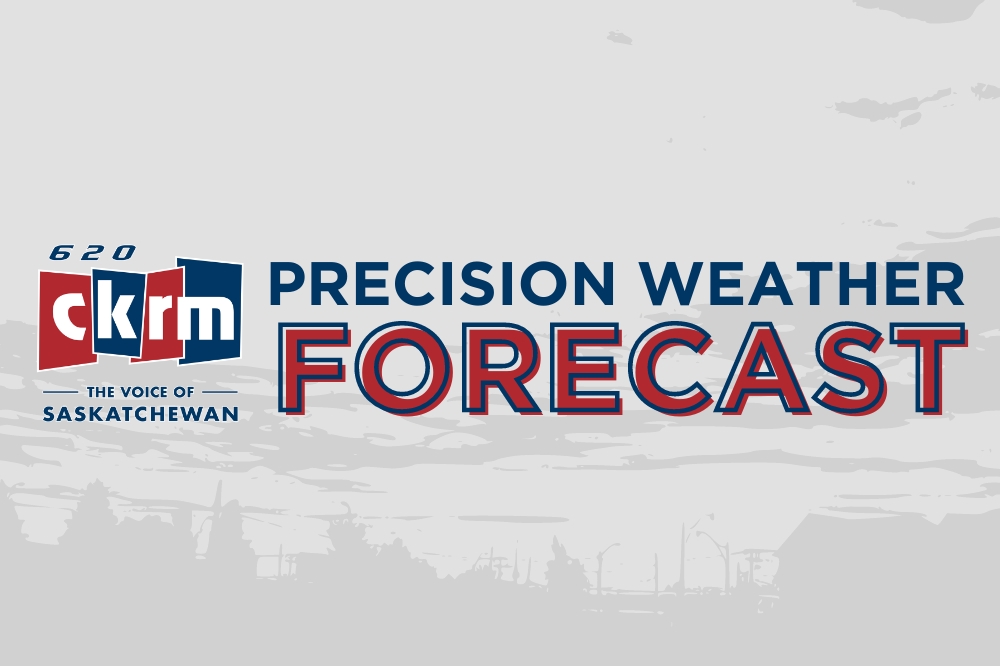After nearly a quarter-century of women’s hockey leagues that came and went, one shows signs of staying power.
The six-team Professional Women’s Hockey League opens Monday afternoon with Toronto hosting New York at the downtown Mattamy Centre.

Toronto, Montreal, Ottawa, New York, Boston and Minnesota are the PWHL’s original six teams. Ottawa’s home-opener is Tuesday against visiting Montreal.
The first NWHL (1999-2007), the Western Women’s Hockey League (2004-2011), the Canadian Women’s Hockey League (2007-2019) and the NWHL 2.0 that begat the Premier Hockey Federation (2015-2023) took turns striving to be the league that could capture the attention and dollars of the corporate world and the public.
Lack of sustained financial investment, manpower or player unity impeded those leagues.
The PWHL has those three elements, although a key business and marketing blank still to be filled on the eve of its inaugural season was the announcement of actual team names.
A man with deep pockets adding women’s hockey to his mega-portfolio of pro teams is the prime difference between the PWHL and its predecessors.
Los Angeles Dodgers controlling owner Mark Walter, who also has ownership stakes in the NBA’s Los Angeles Lakers and Premier League’s Chelsea Football Club, is accustomed to spending money to make money. The Dodgers committed in recent weeks over $100 million to two Japanese pitchers.
“Mark Walter is one of the most prominent sport owners in the world,” said PWHL hockey operations senior vice-president Jayna Hefford.
“He knows professionalism, he knows excellence. He comes with the capital that’s required, which is a big thing.”
PWHL player salaries between US$35,000 and $80,000 are among several costs of constructing a league in just six months to operate at a professional level.
Walter’s capital gave the PWHL the payroll to hire what board member and Dodgers president Stan Kasten stated was 120 people for league operations before November’s training camps opened.
“This is the most backing that we’ve ever seen for a women’s league in terms of having the resources to be able to hire the amount of people required to run each individual team, plus at the league level,” Montreal head coach Korie Cheverie said.
“I saw, when I was a player, minimal staff members trying to wear multiple hats and do the job of five people versus just one job and their own job.”
Hires include people who previously worked for the Toronto Blue Jays, the Vancouver Canucks, Winnipeg Jets ownership True North Sports and Entertainment, the WNBA and the National Women’s Soccer League (NWSL).
“I met somebody who left their job from the Toronto Blue Jays that they had been at for over a decade,” Montreal defender Erin Ambrose said. “They left a male professional sports team to come to a female brand new league, which I think speaks volumes in itself.”
The PWHL is the first women’s hockey league to claim it has the best players in the world under one umbrella, which is a marketing necessity.
“In many sports there have been multiple leagues until they get to the one. It’s not unusual, I think, the path we were on,” Hefford said. “Now that we have an opportunity to be the league, and eliminate the confusion that some may have . . . that makes us very different.
“Looking at past leagues, all of them are part of the journey and part of getting here. We’re not here without those.”
While top-name players who held out for the PWHL and those who played in the PHF were often painted as blocking progress toward one league, the PHF deserves an assist for extending players’ careers to the PWHL’s opening day.
“It gave a lot of players, seven teams’ worth of players, a place to play for the last number of years,” Montreal goaltender Elaine Chuli said.
Unprecedented in pro sport were the women and their new owner agreeing to an eight-year collective bargaining agreement before there was even a league. NHL management veteran Brian Burke brings his pro hockey experience to the helm of the players’ association.
“It’s been really awesome to see the business side of the league evolve, because in my mind, that’s what’s always been missing,” Hefford said. “We’ve had great players before. We’ve had good hockey people before. We haven’t been able to bring this many great people together because there hasn’t been the investment.”
Unlike the WNBA, which was operated by the NBA for its first five years, the PWHL gets underway with NHL involvement limited to consulting services.
But a television and digital rights package so lucrative in men’s pro sports is a PWHL work in progress.
Watching the first season’s games on a screen is a hodgepodge of linear TV and streaming by TSN/RDS, CBC and Sportsnet in Canada. TSN gets playoffs and the championship. All games will be streamed via on the PWHL’s YouTube channel.
Air Canada and Canadian Tire, as well as several hockey and sports gear companies, are on board. Toronto, Ottawa and Montreal have declared sellouts for their home-openers, with Toronto selling out all 12 of its home games.
“Time will tell as long as the money and sponsorships, ticket sales (bring) revenues,” Chuli said. “If there’s just always a big loss at the end of each year, it makes it hard to sustain super long-term, but there’s going to be some serious cash burn here at the beginning.
“It looks like sellouts for a lot of the games, so that’s encouraging to see. Big brands and big sponsorships, that’ll help the league too. As long as we have all that backing, it should go pretty well.”
When it comes to the world’s top sports properties in soccer, basketball and hockey, women get a smaller piece of the pie than men, but there is now some money to be made in women’s sport.
The 2023 FIFA women’s World Cup, for example, attracted what GlobalData estimated was a record US$307 million in sponsorship. That’s a lot less than the reported $1.7 billion of the 2022 men’s World Cup, but the women’s side was hardly a loss leader.
An NWSL franchise is now valued as high as US$50 million.
“We finally are creating an entity that’s also an investment and a return on investment,” Ottawa head coach Carla Macleod said. “I think there’s money to be had in women’s sport.”








